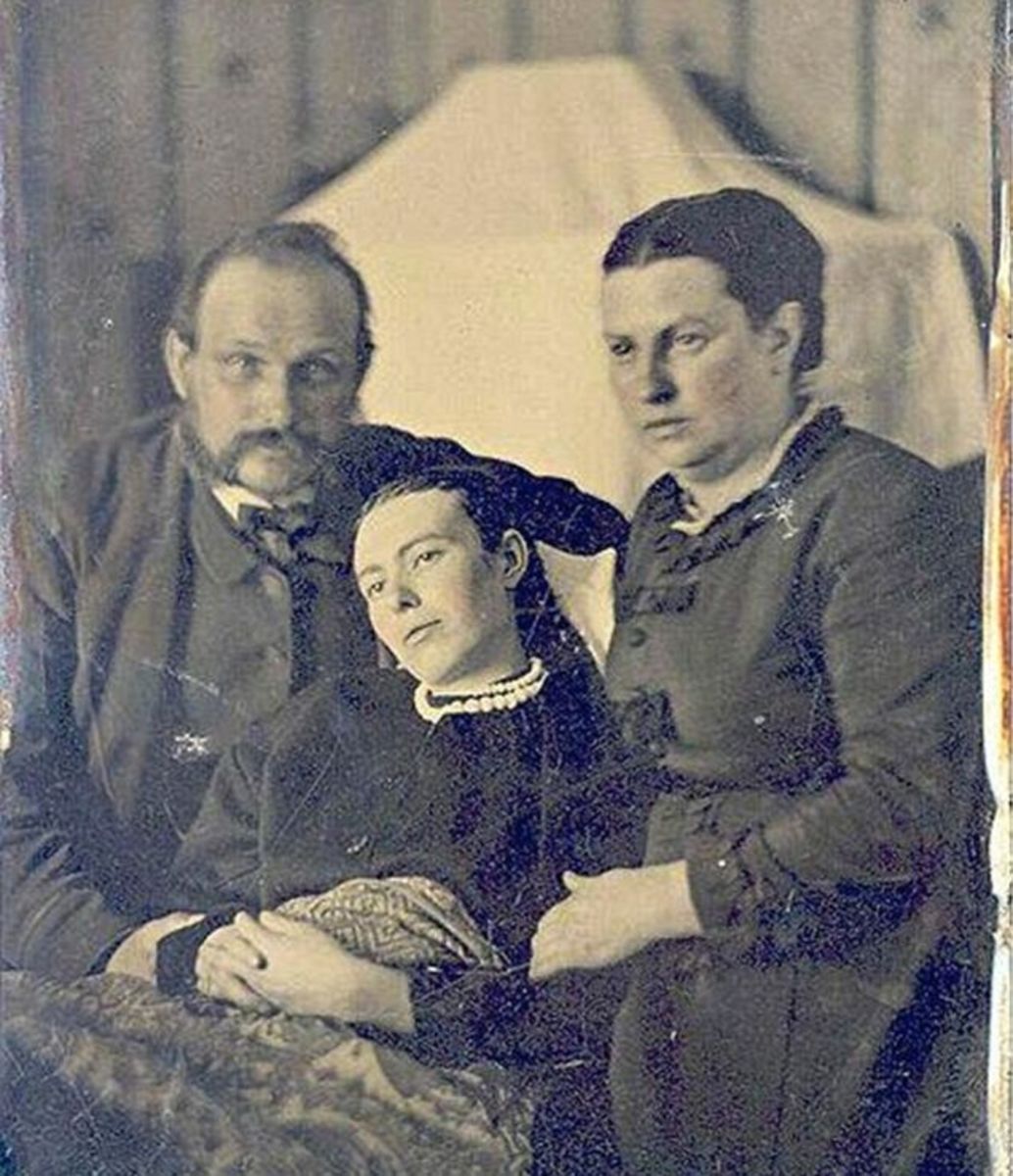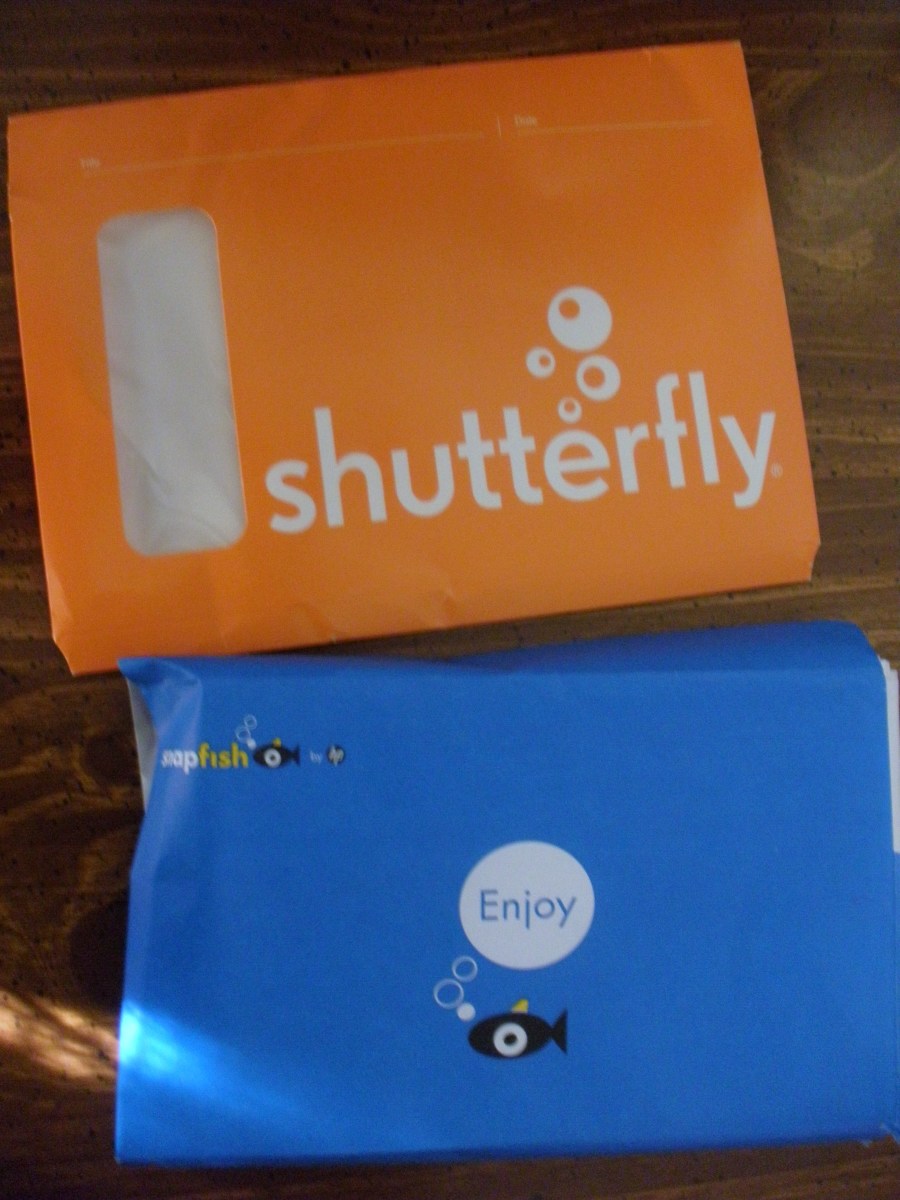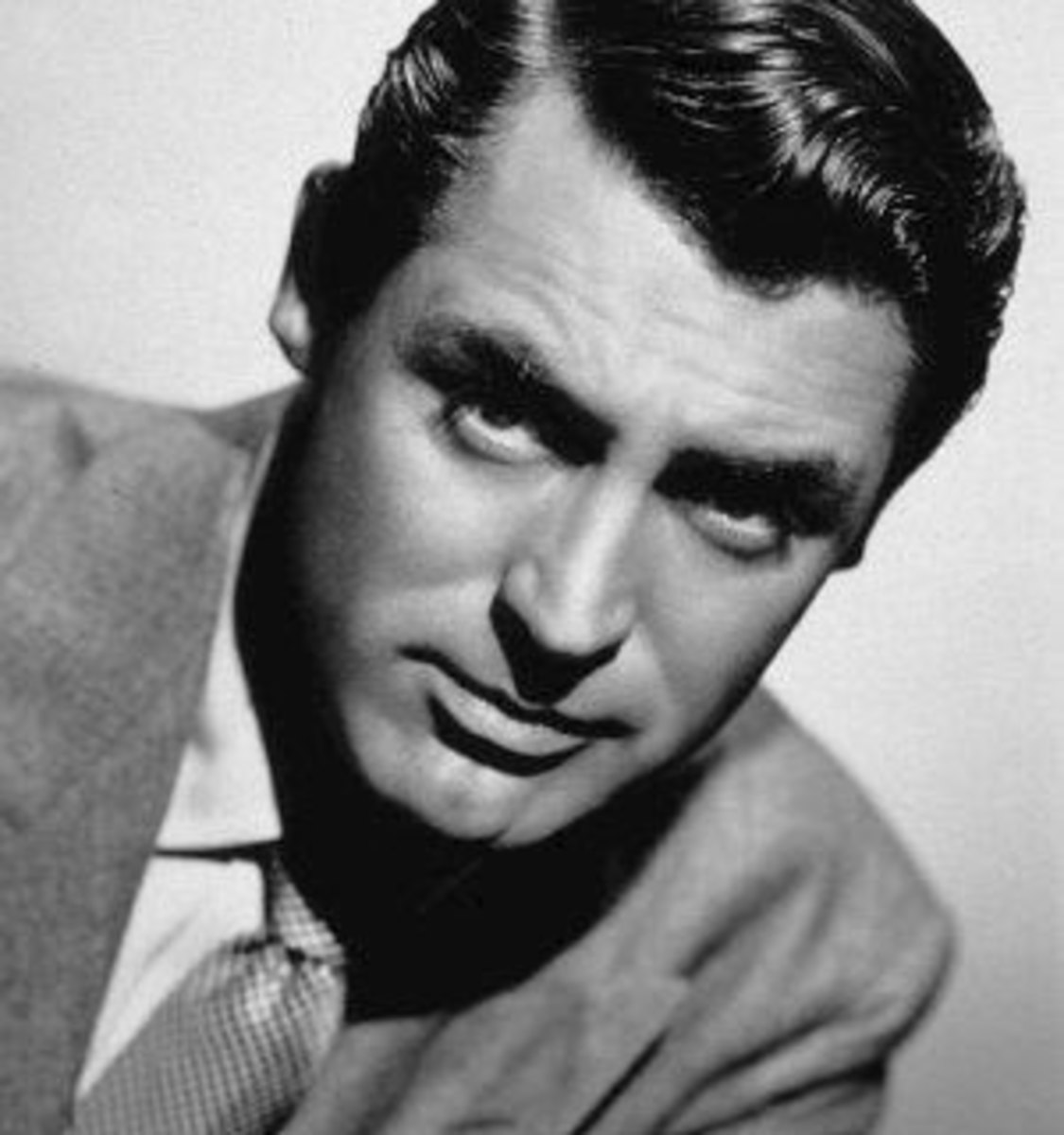The 3 Must Know Photography Exposure Settings
Shutter Speed/fast
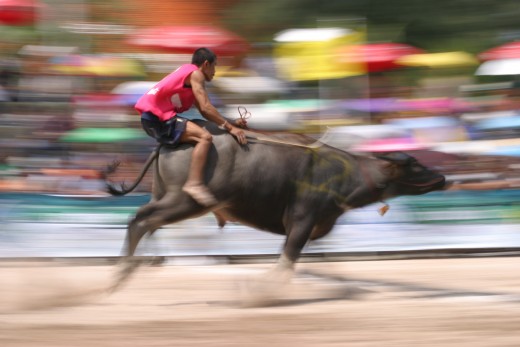
Slow speed
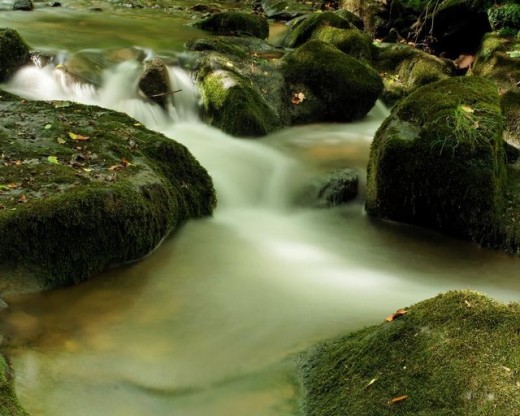
Technical Settings
"In optics, particularly as it relates to film and photography, depth of field (DOF) is the distance between the nearest and farthest objects in a scene that appear acceptably sharp in an image. Although a lens can precisely focus at only one distance at a time, the decrease in sharpness is gradual on each side of the focused distance, The focal length of an optical system is a measure of how strongly the system converges or diverges light. For an optical system in air, it is the distance over which initially collimated rays are brought to a focus.In photography, shutter speed or exposure time is the length of time a camera's shutter is open when taking a photograph.[1] The amount of light that reaches the film or image sensor is proportional to the exposure time." Wikipedia
3 Basic settings
There are 3 basic things that everyone just starting into the wonderful world of photography has to know and understand completely if one hopes to take photographs worth talking about.
Once you know these three basic things, you can begin to relax and experiment with other more complicated techniques.
Nothing will replace practice and a good eye, but these will give you a head starts of sorts and must be understood or rather mastered.
Focal Length; Contrary to popular belief and what many amateurs think focal length is, focal length is not the measure of how long or short a lens is physically (the size of a lens), but the distance in millimeters from the optical center of a lens to the imaging sensor when the lens is focused at infinity.
The closest focal length to what the eye sees is approximately 50mm. Anything higher is just a magnification. The longer the focal length of a lens is the tighter the image becomes (compressed towards its center).
Anything lower than 50mm the wider the angle that is being captured (the image expands away from its center).
Specifically with longer focal lengths, the longer the length the more detail you begin to lose in anything away from the subject's center until they look like out of focus elements with little or no visible detail, except for color.
Focal Length
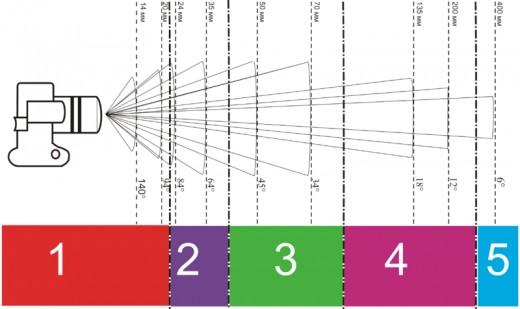
Differences in f-stops
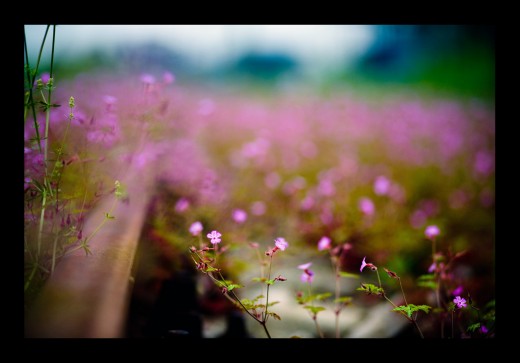
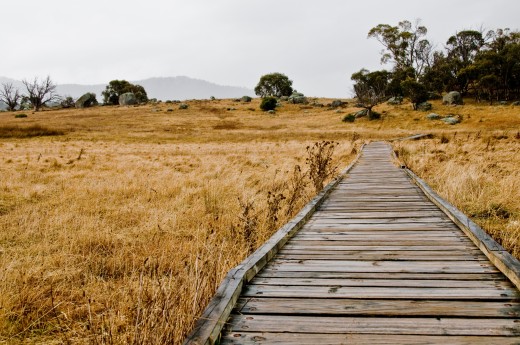
Shutter Speed; The shutter speed is basically how fast or slow the shutter opens and allows light to enter the film plane or sensor.
Faster speeds are needed for freezing movement and slower ones for allowing some blur or if mandated by the lighting conditions.
Slow shutter speeds can be balanced by using artificial light like that from a flash unit.
Most cameras have a predetermined shutter speed/flash synchronization speed. Most usually fall between 60 and 80 depending on the model.
When referring to shutter speed the common lingo is to call them stops. Each full stop is basically a doubling of its predecessor; 100/200, 500/1000 and so on.
Most models have intermediate speeds and each is clearly marked between a complete stop and the next complete stop.
Shutter speeds are chosen based on what you want to accomplished (your creative decision) and what the light conditions mandated (too much light or tool little) and this is further regulated by the film/sensor ISO, the focal length of the lens and whether you are hand holding or using a tripod or any other solid base.
Common rule is to never use a shutter speed that is less than the maximum focal length of the lens; a 500mm lens requires a speed of 500 or higher.
Depth of Field
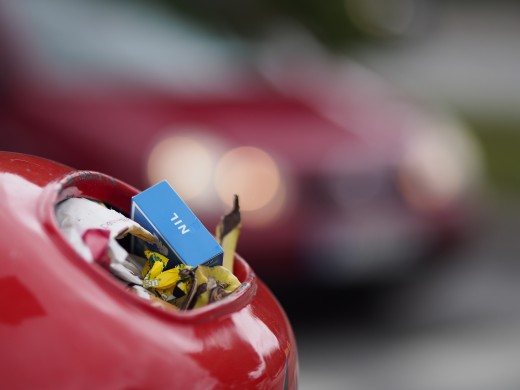
Focal length

Did this help your understanding of these three measures?
F-stop graph
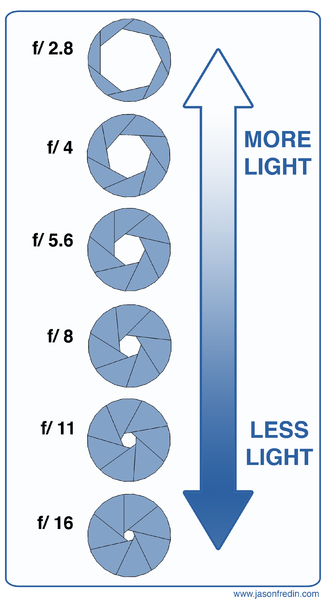
Some eBooks with more information
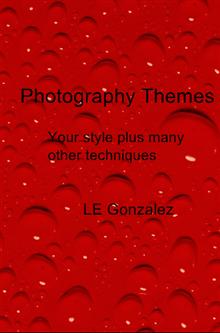
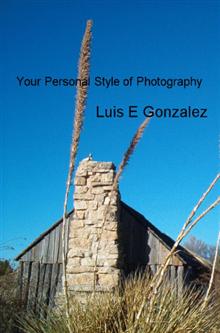
Depth of Field. This is normally referred to in photography as the f-stop.
The larger the f-stop is the less detail (sharpness) shown on anything away from (sides), in front off and behind the main point of focus. The smaller the f-stop the sharper things away from (sides), in front and behind the main point of focus appear.
These differences can sometimes be hard to detect but when the images are enlarged they get more pronounced.
Remember that your eyes are capable of focusing on things more clearly than any lens currently in production and this will probably hold true for some time to come.
To try an experiment to see how depth of field works take a sheet of paper and make two separate openings; one large enough for you to see a wide angle without getting your eye too close to the paper and the other small enough that you have to get your eye close (almost touching the paper) in order to see.
With the larger opening you will see more but once you focus on something you will notice that details behind and to the sides become less sharp. The contrary will be true when you look through the smaller opening.
Which depth of field setting to use is also determined to a large degree by the available light. Your camera sensor will most always go for a middle ground under regular conditions.
In manual mode or under less than ideal light keep in mind that less light will mandate that you use a larger f-stop and more light means that you can use a smaller one.
Pay attention to the numerical value assigned to each f-stop. These numbers seem to be in contradiction to how we look at numbers; 16 is more than 8 right? For f-stops the lower the numerical value means the larger the opening; 8 indicates a larger opening than 16.
F-stops work very closely with shutter speeds so keep these two in mind at all times. Remember that one can balance the other one.
Technical tips
Why use these settings
Professionals learn though practice and trial and error which combinations of shutter speed, f-stops and focal length work best with their set up and the image that they wan to capture.
They understand many more concepts but they have mastered at least these basic ones.
They also use them to enhance their creativity instead of letting the concepts set the rules and boundaries for them.
The key is not to focus solely on one concept but to understand how each concept aids or might hinder another.
Through experimentation and practice and off course further research, they are easily mastered and will in time give you an edge when composing your photographs.
Want many more photography related articles, eBooks and more?
Focal length tips
© 2014 Luis E Gonzalez



